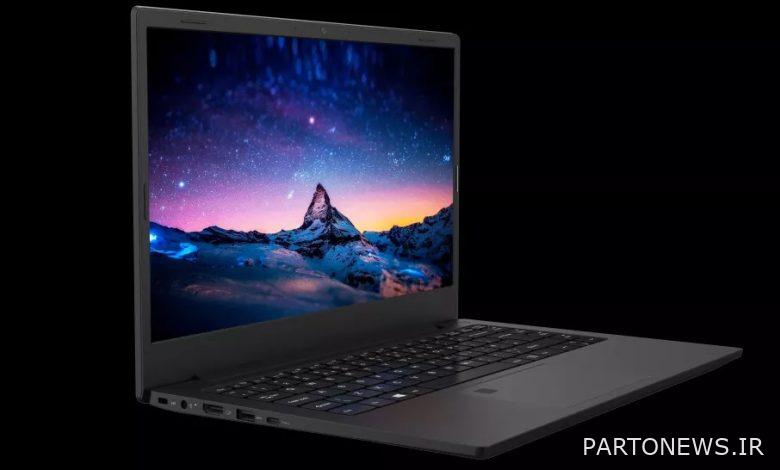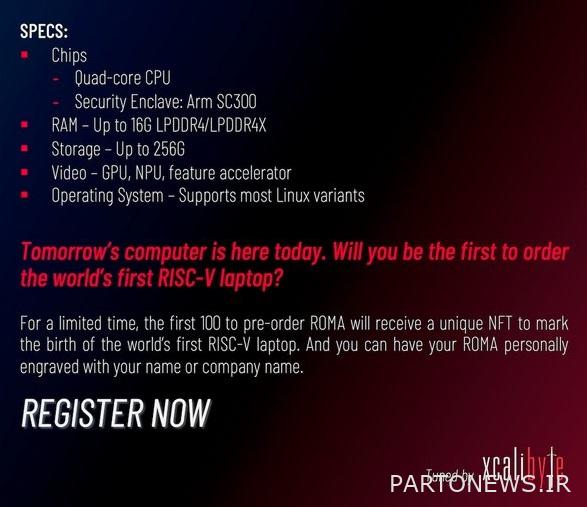ROMA, the world’s first laptop with RISC-V processor architecture

According to the report Phoronix The first laptop with RISC-V processor architecture was launched and its name is ROMA. The computer is now available for pre-sale and is manufactured by Xcalibyte and DeepComputing in China. RISC architecture or reduced instruction set is a microprocessor architecture that was first unveiled in the mid-eighties and its difference with the Intel 8086 (x86) microprocessor architecture is the simplification of instructions for processing, the use of an optimized pipeline architecture, and the greater use of registers. Was.
The main idea in this type of architecture is to use fewer and simplified assembly instructions for each processing clock cycle, and it can be said that the processing speed and energy efficiency in this type of architecture are significant. Over time, this type of microprocessor architecture gained little success in the consumer market, and Intel x86 and ARM were able to take the lead in this market. This architecture’s lack of a company and supporting company has not had an effect on its lack of success.
ROMA laptop comes with RISC-V architecture and its processor has four cores. Support for 256 GB storage space, 16 GB LPDDR4 and LPDDR4X RAM are other features of this laptop. The ROMA laptop will be a turning point in the RISC-V architecture community, however, as mentioned above, this type of processor architecture is not very popular in the consumer market, but this architecture is popular in the server computer and software design sector due to its simplicity. And optimization is more popular.
DeepComputing’s press release class. The processor of this laptop uses the first chip packaging method named twelve to 28 nm SoM package in practice, and its chip includes four CPU cores, one GPU, neural processor and AI accelerator. Only 100 ROMA laptops will be produced and all are available for pre-order now.
RISC-V microprocessor architecture has many advantages over x86, AMD64 and ARM architectures, and one of the most important of them is the open source nature of this type of architecture, and anyone with a lot of interest and knowledge can use this architecture to design their own chip. This type of architecture is fundamentally different for use with x86 and ARM architectures because these architectures are corporate and private, and commercial fees and necessary licenses must be obtained for use.

However, using RISC also has disadvantages, and one of them is the need for more code to execute a task, but the advantage of this architecture is increased battery life and energy efficiency. In this regard, it should be noted that ARM chips have also used RISC architecture to optimize energy consumption in mobile phone chips.
RISC-V processor architecture can be used in the consumer market as well, but the competition with other instruction sets and proprietary architectures of companies has made RISC more popular in the market of commercial and educational industries. Most of the chips built based on this architecture end up being used in HPC, artificial intelligence, or other high-end computing functions.
Points: 5.0 out of 5 (1 vote)
wait a little…

